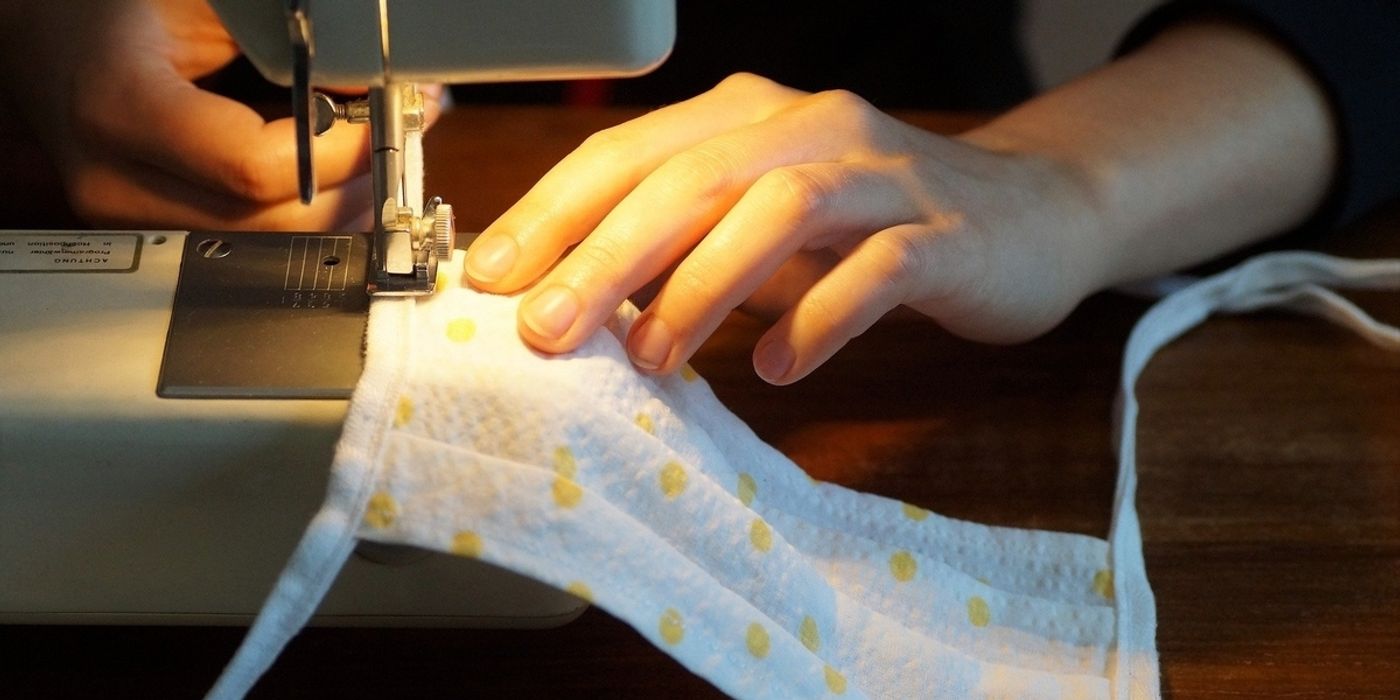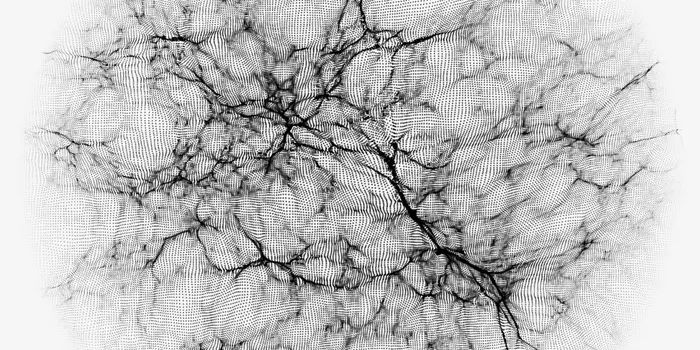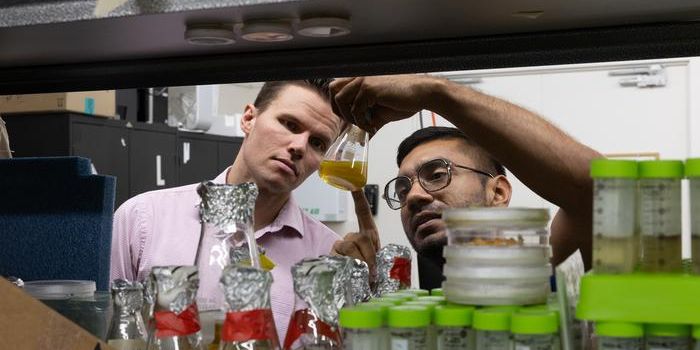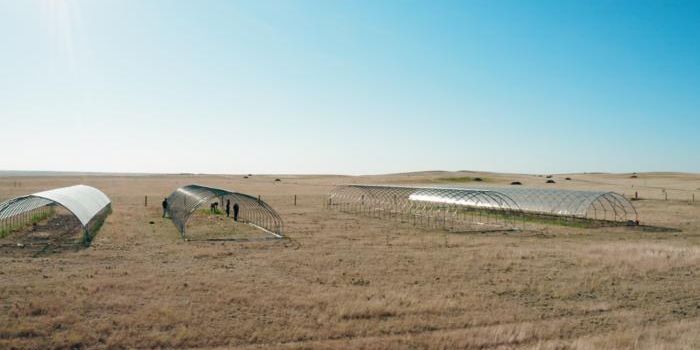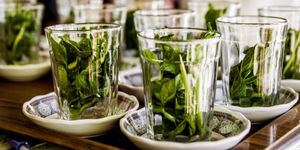Improvised Face Covering: Finding Alternatives to Standard Masks During a Pandemic
On April 3rd, the Centers for Disease Control and Prevention (CDC) announced that they recommend members of the general public to cover their face in shared places, as an extra societal measure to slow down the spread of SARS-CoV-2.
The novel coronavirus is known to jump from one host to another through respiratory droplets. Still, experts have not yet reached a consensus if the virus can also spread in the form of small aerosols, which could allow them to spread farther.
But identifying the form of transmission is only half the battle. For frontline workers and average citizens alike, using correct personal protective equipment (PPE) is critical for safeguarding their health. Take the standard N95 mask, for example. A well-fit N95 mask can protect the wearer by trapping the virus along with other small airborne particles (at least 95% of them) in layers of fine polypropylene fibers.
In contrast, improvised masks made with household fabrics can vary significantly in protection level due to the difference in materials of use and fitting wellness.
A Dutch study back in 2008 compared the effectiveness of different face covers in infection control. Researchers found that personal respirators works the best, with surgical masks in the middle and tea cloth-based homemade masks at the bottom. However, any face cover can decrease the risk of viral exposure on a population level.
Another pre-COVID study assessed the filtration efficiencies of various household materials. Scientists compared the filtration efficiency of different household fabrics (all of which have various percentages of cotton and polyester) and discovered that the improvised masks were capable of blocking between 10% and 60% of airborne salt particles, the high end of which is comparable to certain surgical and dust masks.
While it's certain that wearing homemade masks can help reduce the risk of viral transmission, it is also critical to remember that maintaining social distancing is still the key to contain the pandemics. Because no face cover guarantees absolute immunity, and therefore having a mask on one's face can create a false sense of security.
Besides homemade masks, there are other alternatives to the standard PPE item that's normally accessible through conventional channels. Check out the following video from Seeker and find out how entrepreneurs and engineers are using 3-D printing to make protective face covers available to the mass.
Inside the 3D Printing Movement to Build Face Masks (Seeker)
Source: C&EN
